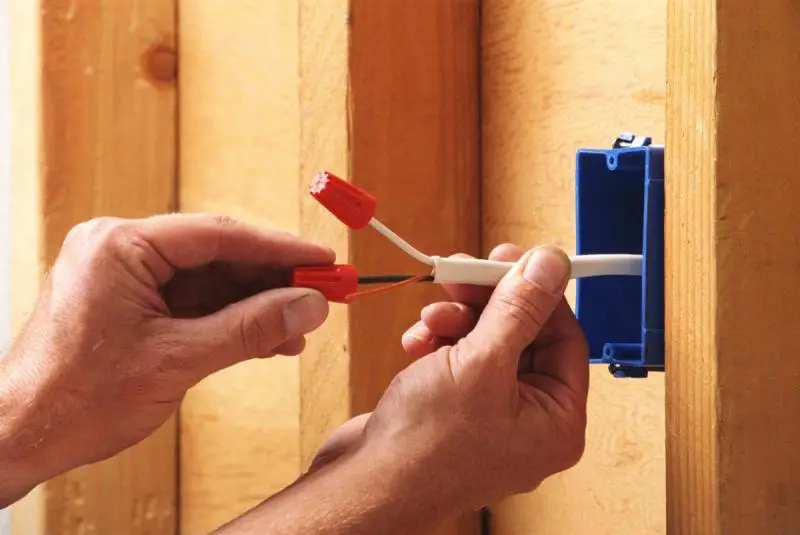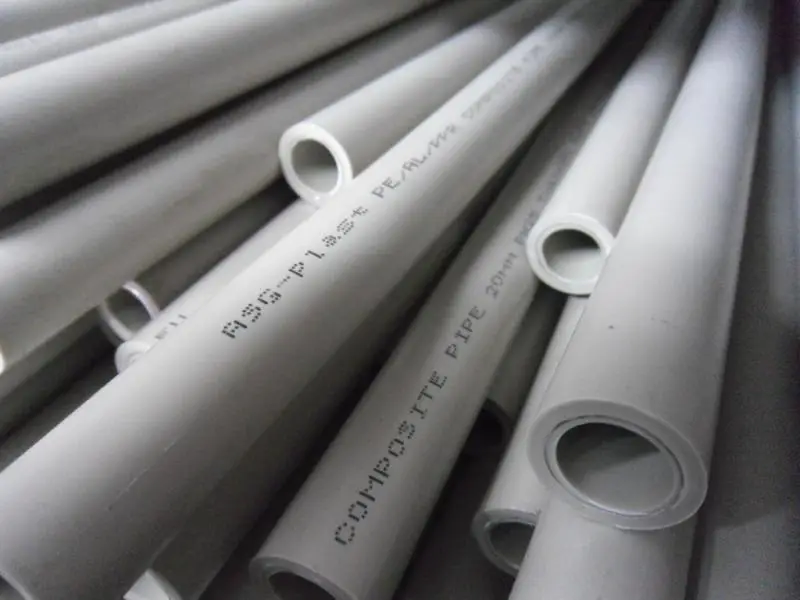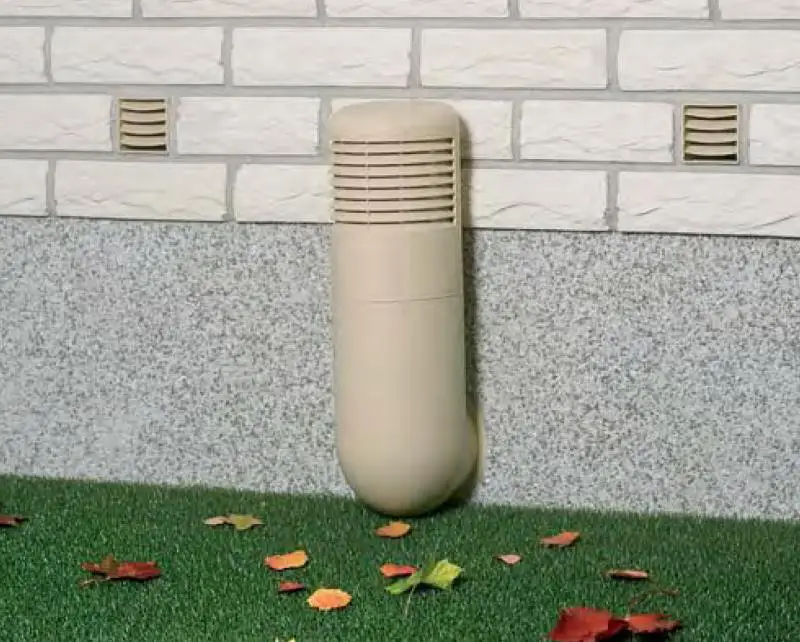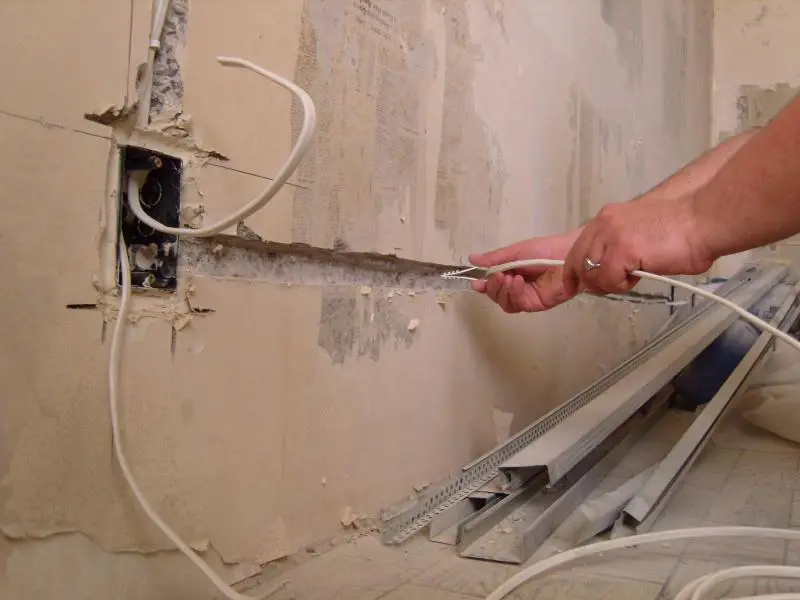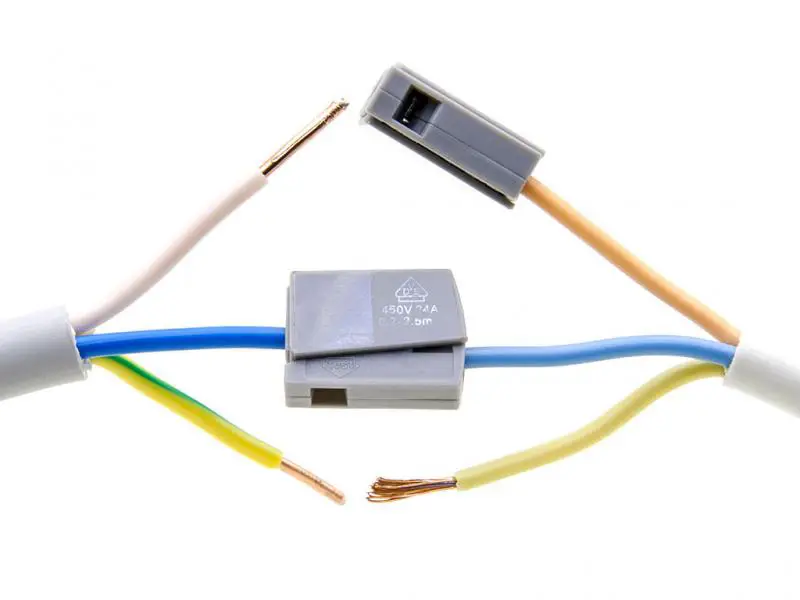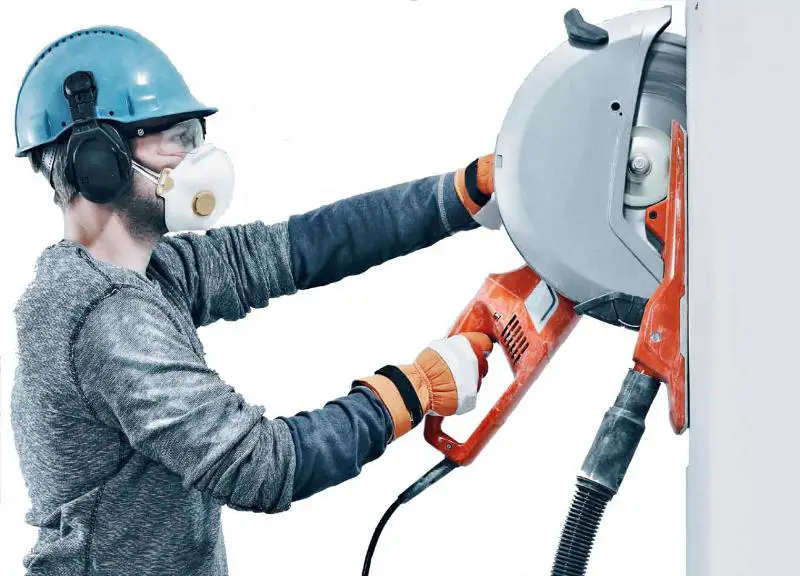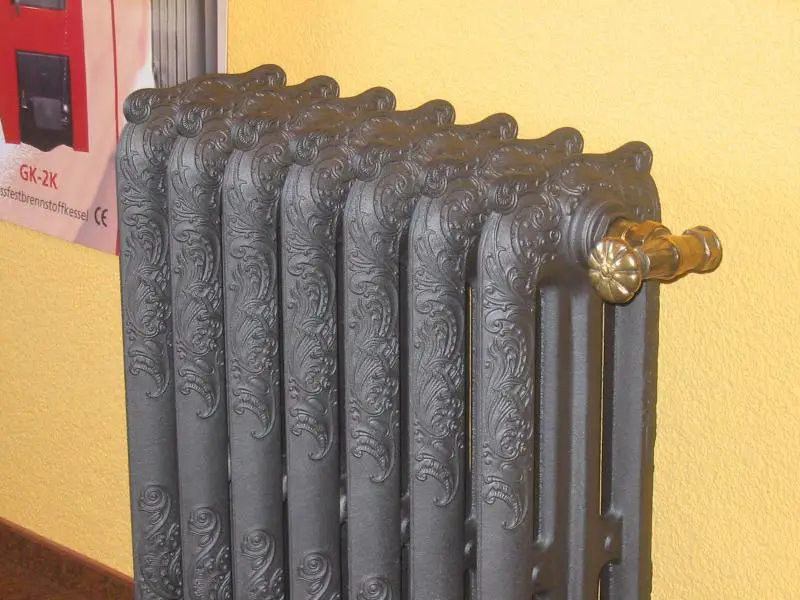There can be your advertisement
300x150
Fascia Roofing with Your Own Hands
Two main elements of any building are, of course, the foundation and the roof. Each of these components has its own set of functions and tasks: the base on which the house stands, and the roof that crowns it.
The roof must provide protection from wind and atmospheric precipitation, withstand wind and snow loads, and be resistant to rot and harmful microorganisms.

Fascia roofing is one of the oldest structural elements of sloped roofs. In it, all elements of the roofing mosaic are assembled into a single waterproof membrane and connected by a special fascia seam, or simply a fascia. One of the most reliable roofing systems — a fascia roof — can be made from both sheet and rolled steel with a zinc coating.
Preparation for DIY Roof Installation
For fascia roofing, the preparatory stage includes cutting roof panels, sizing them accurately, planning the layout, and more. To prepare these elements properly, you need the following tools:
- roofing workbench,
- carpenter's square,
- measuring tape,
- metal shears,
- ball peen hammer.
The fascia itself is formed vertically or horizontally on the workbench. On each roof panel, you must bend a flange of at least 1.5 cm width on both long edges of the steel sheet. One flange should be bent upward, the other downward.
Before installing the roof panels, install a vapor barrier layer made of synthetic spanbond film.

Roof Installation
Fascia roofing is fastened to the wooden roof sheathing using pre-made clamps — narrow strips made of the same material (galvanized steel) as the roof itself. The clamps are attached at one end to the wooden base and at the other to the fascia. Roof panels are joined to adjacent elements using the sealed fascia joint. As a result, a properly installed fascia roof has minimal through-fastening points, significantly increasing its waterproof integrity.
The total length of panels along the slope from ridge to eaves must not exceed 10 meters and must always match the roof slope length. If the roof panels are large in format, it is recommended to use so-called floating clamps, which provide longer-lasting and higher-quality fastening and compensate for steel’s thermal expansion in both directions.
There are several types of fascia: standing seam, flat, and double. Modern manufacturers of fascia roofing offer panels equipped with a special self-locking joint. This improvement helps slightly simplify the installation of sloped roofs, which are already among the most labor-intensive compared to other roofing types.
